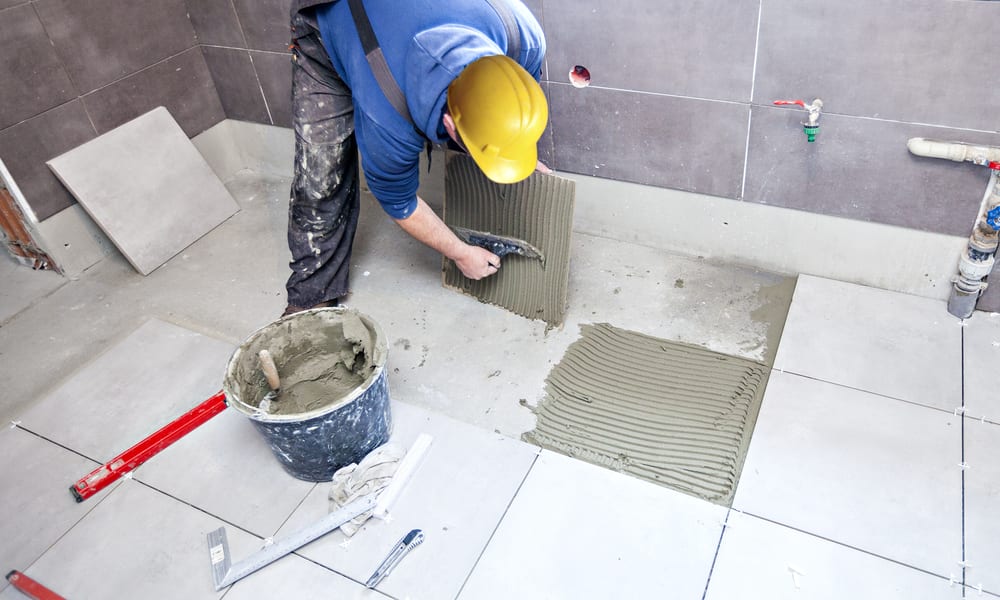Comparing sealing materials: match coat with tile substrate
This article outlines how different sealing materials bond a match coat to tile substrates, highlighting practical considerations for durability, stain resistance, and ongoing maintenance. It covers sealant choice for porcelain and ceramic, safe cleaning methods, and strategies to limit mildew, mold, and surface stains.

In installations where a match coat is used to transition between substrate and tile, the choice of sealing materials influences long-term performance. Proper sealing affects how joints handle moisture, how easily stains lift during restoration and maintenance, and how resistant the assembly is to mildew and mold. Understanding adhesion differences, compatibility with common tile types, and the right cleaning approach helps property owners and technicians choose an appropriate sealant without risking damage to porcelain or ceramic surfaces.
How does sealing interact with tile substrates?
Sealing connects the match coat — a thin cementitious or epoxy bedding layer — to the tile substrate to reduce water penetration and stabilize the joint area. Compatibility depends on porosity and surface energy: cement-based match coats bond differently than polymer-modified or epoxy substrates. Penetrating sealants tend to soak into porous match coats and provide internal water resistance, while topical membranes create a surface barrier. For sound adhesion, the substrate must be clean, cured, and free of loose material; otherwise sealants can fail at the interface and allow moisture to reach joints and the tile backing.
Which sealant suits porcelain and ceramic?
Porcelain and ceramic tiles are typically low-porosity and can be less receptive to penetrating sealants, so choice revolves around joint and match coat compatibility rather than the tile face. For cementitious match coats, silane or siloxane penetrating sealers can protect the bedding and grout without changing tile appearance. Epoxy-compatible sealants work where polymer-modified match coats are used. For tiled wet areas, using a flexible, water-resistant sealant at transitions and a suitable grout sealer in joints provides layered protection. Always test a small area to confirm no discoloration or sheen change on porcelain and ceramic.
How to protect joints from mildew and mold?
Mildew and mold thrive where moisture and organic residues collect in joints. Proper sealing reduces moisture ingress, but maintenance practices matter too. Use grout sealers that resist water absorption and choose biocide-stable finishes if frequent damp exposure occurs. Ensure joints are properly profiled during installation to avoid water traps. Regular drying, adequate ventilation, and prompt attention to plumbing leaks prevent prolonged wetting. In humid environments, inspect and reapply sealant to joints as part of a maintenance schedule to limit conditions favorable to mildew and mold growth.
What detergents and nonabrasive methods work?
Cleaning methods should avoid abrasive scrubbing or harsh alkalis that can degrade some sealants or the match coat. Use pH-neutral detergents formulated for tile surfaces and soft brushes or microfiber pads. Nonabrasive cleaners remove surface soils without abrading tile glaze or wearing down topical sealers. For stubborn soils, manufacturer-recommended cleaning products preserve sealant integrity. Avoid solvent-based strippers unless the product is specified safe for both the sealant and substrate. Regular gentle cleaning prevents organic buildup that would otherwise encourage stains, mildew, and mold.
Is steam and disinfection safe for match coats?
Steam cleaning can be effective at loosening soils and sanitizing tile surfaces, but its suitability depends on the match coat and sealant chemistry. High-pressure steam or prolonged heat exposure can soften some polymer sealants or cause moisture to reach uncured match coats, risking adhesion loss or efflorescence. When disinfection is needed, use methods compatible with the chosen sealant and tile: low-pressure steam with controlled temperature or chemical disinfectants that are safe for sealant polymers. Always verify with product data sheets and conduct spot tests to confirm the method won’t harm the sealant or promote joint degradation.
Restoration and maintenance to prevent stains
During restoration, remove incompatible coatings and assess the match coat condition before resealing. Stains often originate from trapped moisture, rust, or organic matter; addressing the source is critical. For maintenance, schedule periodic inspections of joints and reapply penetrating or topical sealants according to the manufacturer’s lifespan recommendations. Use gentle cleaning with recommended detergents to keep tile and joints free of residue that attracts stains. Where discoloration persists, targeted stain-removal products formulated for ceramic and porcelain can help without undermining the sealing system when used as directed.
In summary, matching the sealant to both the tile type and the match coat substrate is key to robust, long-lasting installations. Consider penetration depth, chemical compatibility, and flexibility needs when choosing a sealant, and pair that choice with nonabrasive cleaning, appropriate disinfection, and a maintenance plan to limit mildew, mold, and staining. Regular assessment of joints and periodic resealing prolongs service life and preserves the appearance and function of porcelain and ceramic tiled assemblies.





